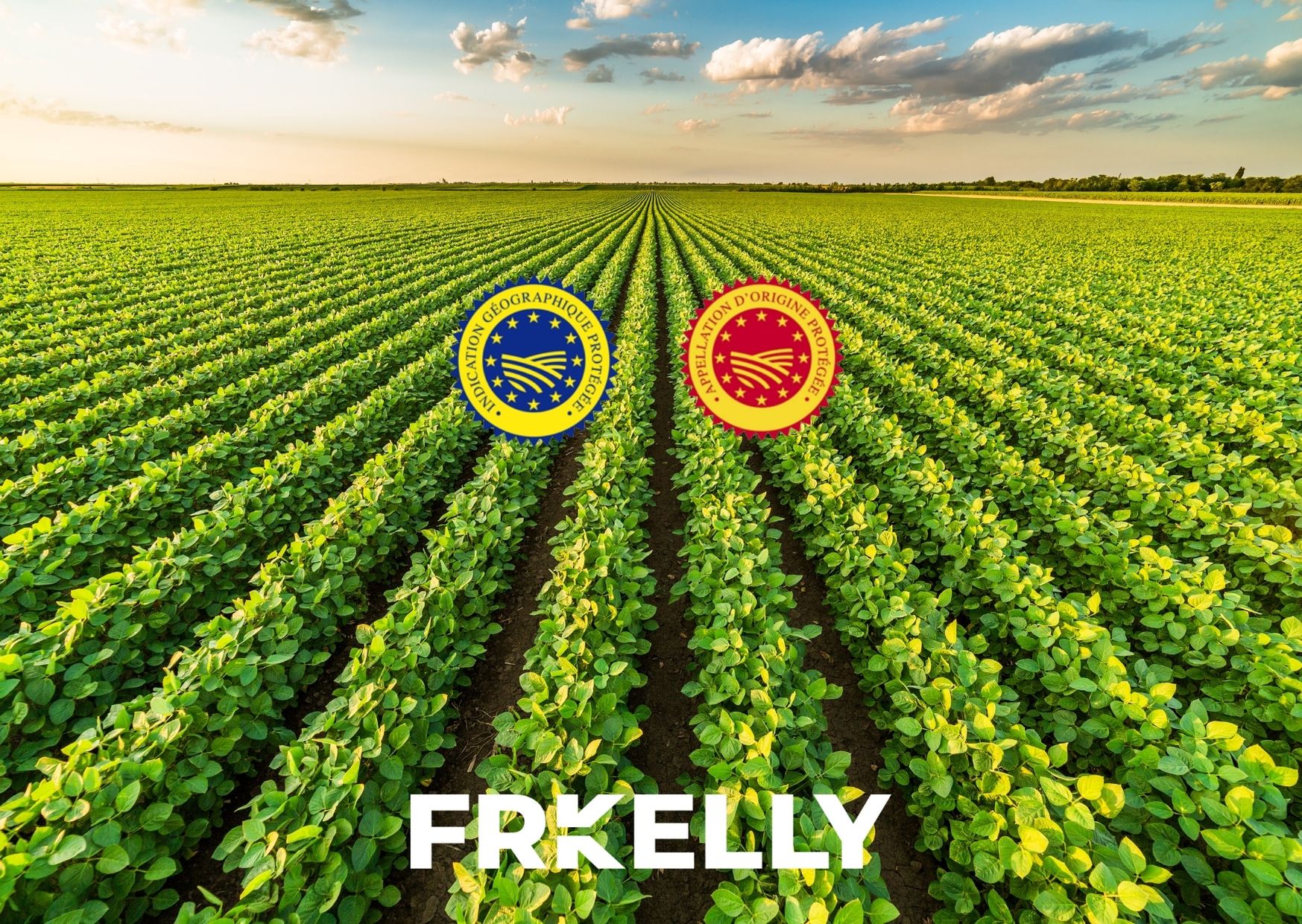EUTM Invoice Scams: German Courts deliver judgement against fraudsters
24th October 2024

Geographical indications (GIs) are a type of intellectual property (IP) right, consisting of a sign used on products that originate from a specific geographical origin and possess particular qualities which are attributable to that origin. Under EU law, GIs only protect agricultural products and foodstuffs; examples of Irish GIs include Clare Island Salmon, Sneem Black Pudding and Irish Poteen. There is currently no EU-wide GI protection for non-agricultural products such as handicrafts and industrial goods.
In its Action Plan on Intellectual Property 2020, the European Commission announced that it will conduct a thorough impact assessment on the feasibility of creating a GI system for non-agricultural products. As part of the impact assessment, the European Commission has launched a public consultation inviting all relevant stakeholders, such as producers, citizens, public authorities and legal practitioners, to contribute their opinions regarding GI protection for non-agricultural products.
Merits of GIs for Non-Agricultural Products
Examples of authentic, geographically-rooted Irish handicrafts include Waterford glass, Aran jumpers, Donegal tweed, Youghal lace, Connemara marble and much more. Creating a GI system for the protection of handicrafts such as these could have a range of benefits.
GIs are valuable. A 2017 study conducted for the European Commissioned examined the economic value of EU-wide GIs in the agricultural sector. It found that foodstuffs protected under an EU-wide GI sold at a premium of 2.07 times the price of comparable products in 2017.
GIs are unlike trade marks in that they are not exclusive rights owned by particular undertakings. GIs secure legal protection for products which have generated a reputation due to their high quality and local skill. Such products are an important part of local identity and culture, attract tourism and create jobs.
GIs currently exist for agricultural products and foodstuffs because such are inherently linked to the land, but so are handicrafts. The resulting product is not only determined by the raw materials which are native to its geographical origin but by the local skill and traditional ways of making the product.

The Survey
The survey consists of 30 multiple choice questions and should take up to 15 minutes to complete. The questions consider the problems related to the existing legal protection of authentic geographically-rooted non-agricultural products within the internal market, international and trade-related challenges, the merits and drawbacks of EU action and the potential impacts of the available policy options for the proposed system.
The survey can be completed in all EU languages and participants can submit their contributions anonymously. The deadline for contributions is 22 July, 2021. All contributions by EU citizens are welcome, so make sure you have your say here.
Contact us for any further information on this or any other intellectual property queries you may have.